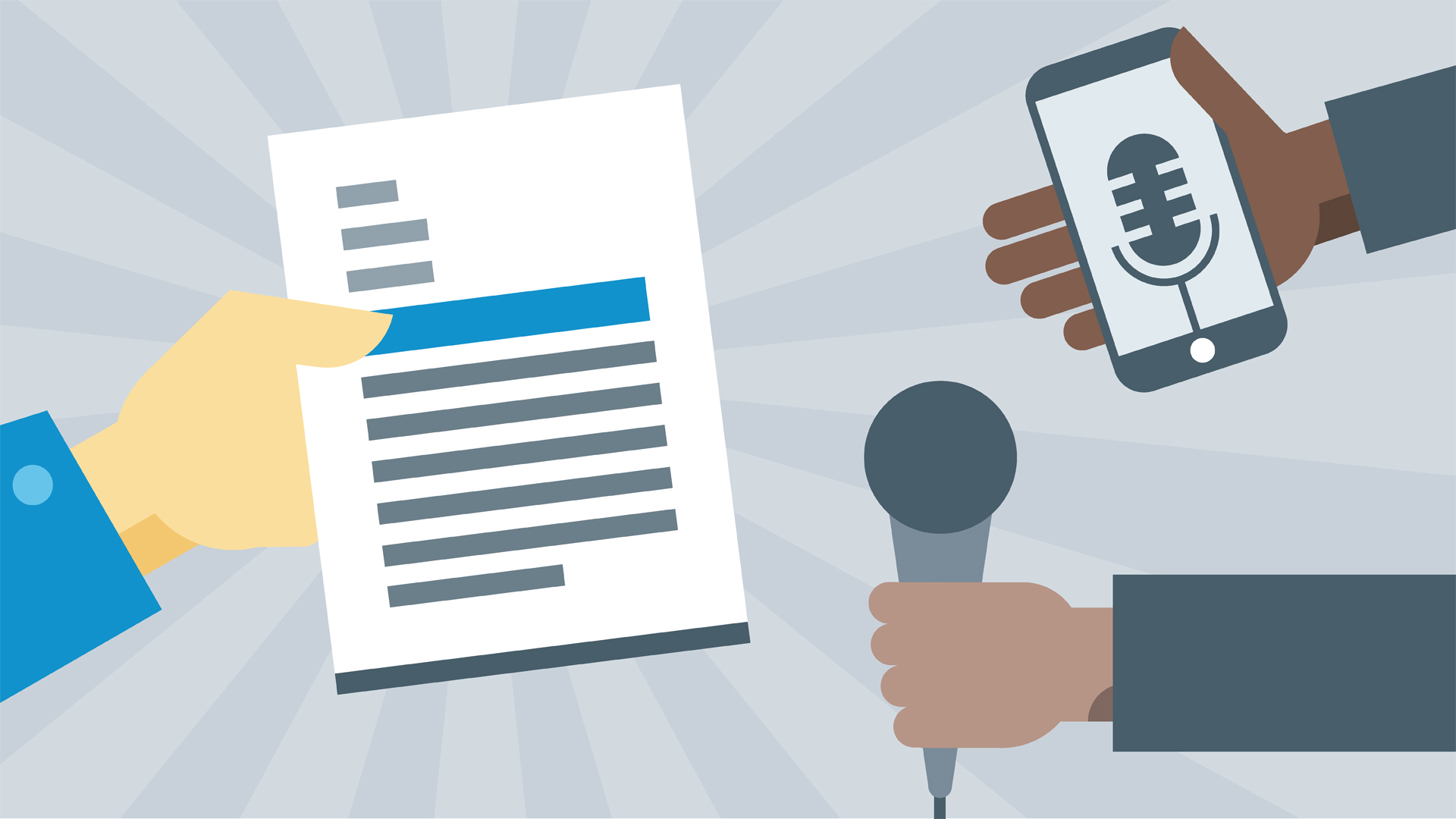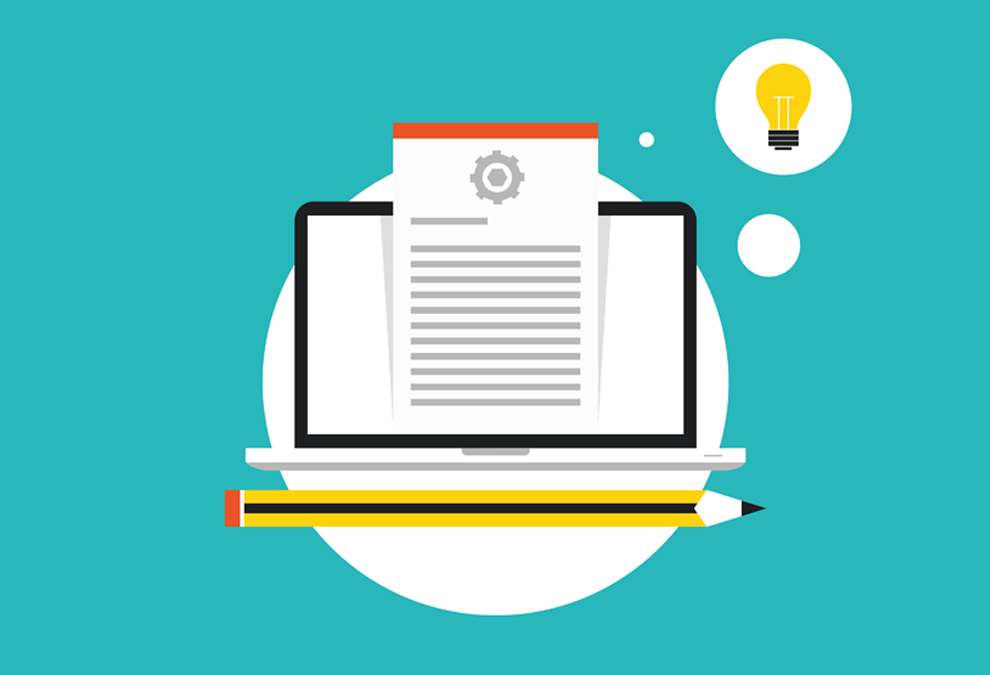Creating a good business card is central to any good marketing plan. For its size and cost, it becomes a very powerful marketing and branding tool that needs to convey the right message. Of course, you can’t expect your business card to tell the whole story about your company, but it does need to present a very professional image that people will remember for a long time to come. A business card can make or break a client’s first impression, just like the clothes you wear for an interview, or the briefcase you carry.
So what makes a business card effective? Is it originality? Legibility? Or is it the simplicity? Perhaps it’s how the card prompts the person to contact you. All in all, I think it’s very clear that by having a clean, uncluttered design sends out a message about your appearance and positive professional vibe.
What information goes where?
First and foremost, your card must clearly show your contact details. This is a no brainer. But in my time as a designer, you’d be surprised as to how many cards hide the contact information behind some over-indulged colour scheme or some awful, illegible font.
Though this may sound like obvious advice, make sure your contact details include the essentials. This means your name, title, company name, address, phone number (or numbers, if you want to include your mobile), email and website. If someone wants to contact you after receiving your card, you sure as heck want them to be able to.
To drill a bit deeper, a professional email address is very important – I’m talking about the ones that don’t end in Gmail, Hotmail or Bigpond. These should be left strictly for personal use. Your business contact email should end in your business name. For example. mel@enganagraphics.com.au.
Whilst you don’t always have to put your address on a card, a physical address (not a PO Box number) also conveys a sense that you are an established and trusted brand. Although if your business is based on the road visiting clients, such as a personal trainer, then it’s better to free up some space on your business card and keep it clean and tidy.
What’s my style?
When it comes to choosing style, then you need to pick one that’ right for your business, industry and personal style. This is where I have really helped my clients channel their vision into a very professional, yet personable design. So if you’re a Financial Advisor it doesn’t make sense having a cheap clip art cartoon on it. On the flip side, if you’re an Electrician a formal embossed black and white card will probably be filed into the bin. So it’s important to craft a style that best supports the business you wish to project.
Should I include a picture?
Having your face on your card helps a contact remember you the next time they see you. It’s also important to align the image you use on your business card, with your LinkedIn profile or any other form of social communication channels to provide a sense of brand consistency. If you are going to include a photo, please don’t cut and paste it from a family portrait or your favourite holiday snap. It’s best to get a professional photographer involved.
Other images that represent a product or service, such as your logo, or a benefit that your business provides, can also help you communicate your business better than many words.
Do gimmicks work?
A card can do more than promote your name and business; it can also serve as a discount coupon, an appointment reminder or an offer for a free trial. But how far should you go when challenging the norm?
Take a funeral director for instance. You really have to be subtle in your sales pitch. This doesn’t mean you need to sacrifice good design for a black and white bland finish. A funeral director wants to sell the most expensive coffin. So why not print the card with a subtle marble or oak-effect behind the text. You could even create a smooth finish by getting it gloss-laminated, which is why we need to talk about the final step, printing…
Ordering your business cards
Once you’ve settled on an idea with your designer, it’s time to head to the printer. To give you some idea, most good quality business cards are printed on 350gsm stock. This refers to the weight and thickness of the card. I see a lot of budget cards out there are printed on 250gsm and they just look weak and flimsy, and give an awful first impression about your business. I also see cards that are printed on over 450gsm stock, which instils a sense of strength and confidence. But will your bulky business card have priority over others in a wallet that’s already reached capacity? This is when you need to consider the practicality of the design and size of the card.
There are also finishing options such a matt, laminate and gloss, or a combination of these. So it’s best to get some samples from your printer before making your final decision.
One final tip
A wildly original, fanciful or extravagant presentation on your card can draw extra attention. Creativity knows no bounds – except the money you wish to spend, as the non-standard business cards often cost more when it comes to production. But it’s always best to discuss your ideas with a professional designer to see if your card is worth the price.
Not sure where to start?
At Bright Owl Marketing we take the time to learn about your business, the products and services you offer and your core values during an initial consultation. This enables us to collectively develop a very refined and polished design brief so that the designer can create a beautiful and stylish business card that your customers will love!









